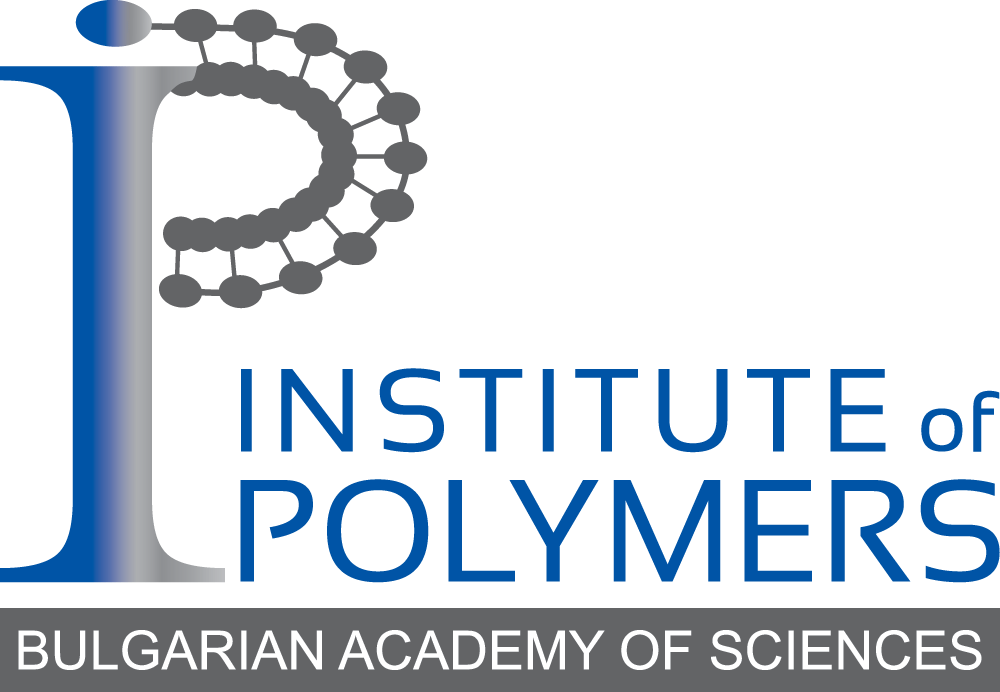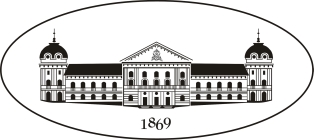
New Electrospun Polymeric Materials Containing Natural Biologically Active Compounds: Preparation and Properties
Coordinator:
Prof. Nevenka Emanuilova Manolova, DSc
Base organization:
Institute of Polymers, Bulgarian Academy of Sciences
Partner organizations:
Faculty of Pharmacy – Medical University – Sofia
Duration:
December 2014 – December 2017
Abstract
Novel advanced materials from biocompatible bio-based polymers such as poly(lactic acid), poly(3-hydroxybutyrate) and polysaccharides containing bioactive compounds of plant origin such as curcumin, caffeic acid and its esters are being developed. Obtaining novel micro- and nanofibrous materials with antimicrobial, antioxidant and/or antitumor activity is aimed at. The new materials are being prepared by electrospinning or by electrospinning in conjunction with electrospraying – cutting-edge technologies, using equipment developed at the Laboratory of Bioactive Polymers. The possibilities to increase the stability of the embedded biologically active substance, and to find original approaches to the modulation of its release profile by appropriate composition selection and targeted design of the materials are examined. The biological behavior of the novel materials is assessed in vitro in order to estimate their prospects in wound healing and in antineoplastic therapy, which is of great social and economic importance. The expertise of internationally recognized highly qualified team members and the availability of advanced scientific equipment create prerequisites for high-level interdisciplinary research and acquisition of new knowledge. The young scientists and PhD students included in the team will gain knowledge in the fields of new polymer materials, nanotechnology and nanomedicine. Up to now, the results have been published as follows:
1. G. Yakub, A. Toncheva, N. Manolova, I. Rashkov, D. Danchev, V. Kussovski, Electrospun polylactide-based materials for curcumin release: photostability, antimicrobial activity, and anticoagulant effect, J. Appl. Polym. Sci., 133 (5), 2016, DOI: 10.1002/app.42940
2. M. Ignatova, N. Manolova, I. Rashkov, N. Markova, R. Toshkova, A. Georgieva, E. Nikolova, Poly(3-hydroxybutyrate)/caffeic acid electrospun fibrous materials coated with polyelectrolyte complex and their antibacterial activity and in vitro antitumor effect against HeLa cells, Mater. Sci. Eng. C: Mater. Biol. Appl., 65: 379-392 (2016) DOI:10.1016/j.msec.2016.04.060
3. M. Ignatova, N. Manolova, I. Rashkov, N. Markova, Quaternized chitosan/κ-carrageenan/caffeic acid-coated fibrous materials: Preparation, antibacterial and antioxidant activity, Int. J. Pharm., 513 (1-2): 528-537 (2016) DOI: 10.1016/j.ijpharm.2016.09.062
4. Y. Ilieva, K. Kaloyanov, D. Yosifov, M. Zaharieva, P. Donchev, G. Yakub, A. Toncheva, I. Rashkov, N. Manolova, I. Zhelezova, D. Momekova, G. Momekov, H. Najdenski, S. Konstantinov, Curcumin loaded biocompatible electrospun polymer mats for the treatment of CTCL skin lesions, Br. J. Haematol., 173: 75 (2016)
5. P. Tsekova, M. Spasova, N. Manolova, N. Markova, I. Rashkov, Electrospun curcumin-loaded cellulose acetate/polyvinylpirrolidone fibrous materials with complex architecture and antibacterial activity, Mater. Sci. Eng. C: Mater. Biol. Appl., 73: 206–214(2017), DOI: 10.1016/j.msec.2016.12.086
Keywords:
nanofibrous materials, bio-based polymers, bioactive compounds of plant origin, electrospinning, electrospraying, antimicrobial materials, materials with antitumor activity



